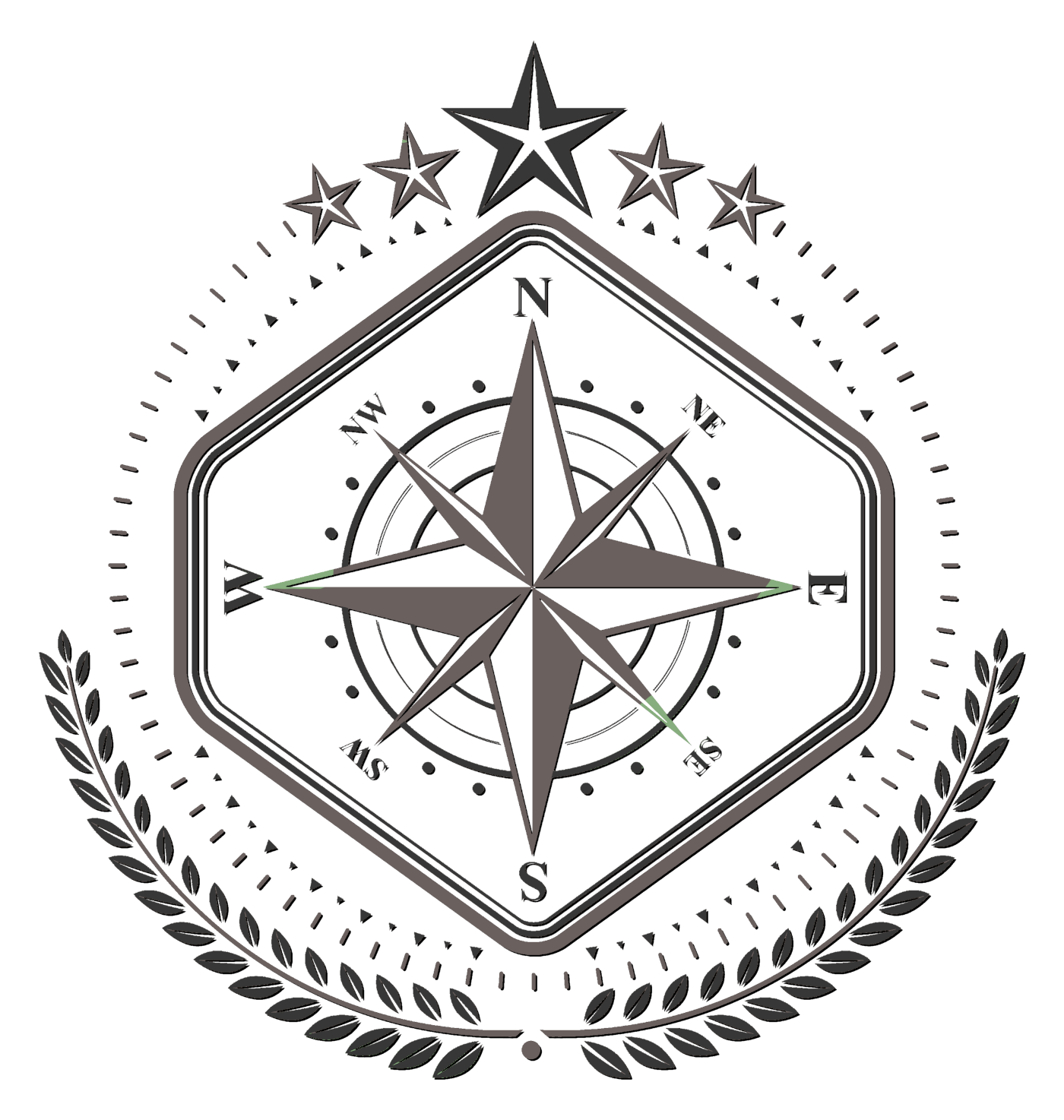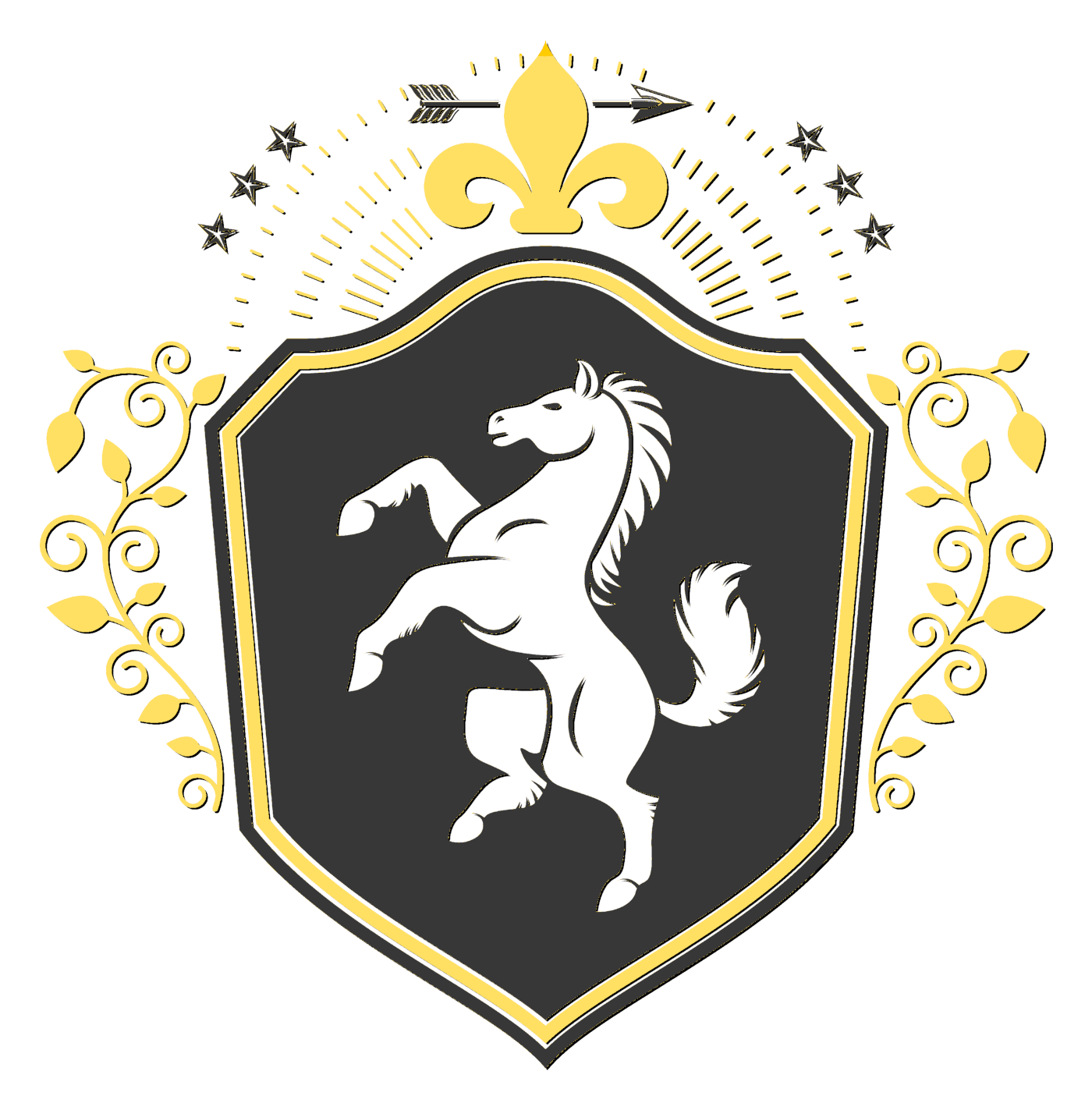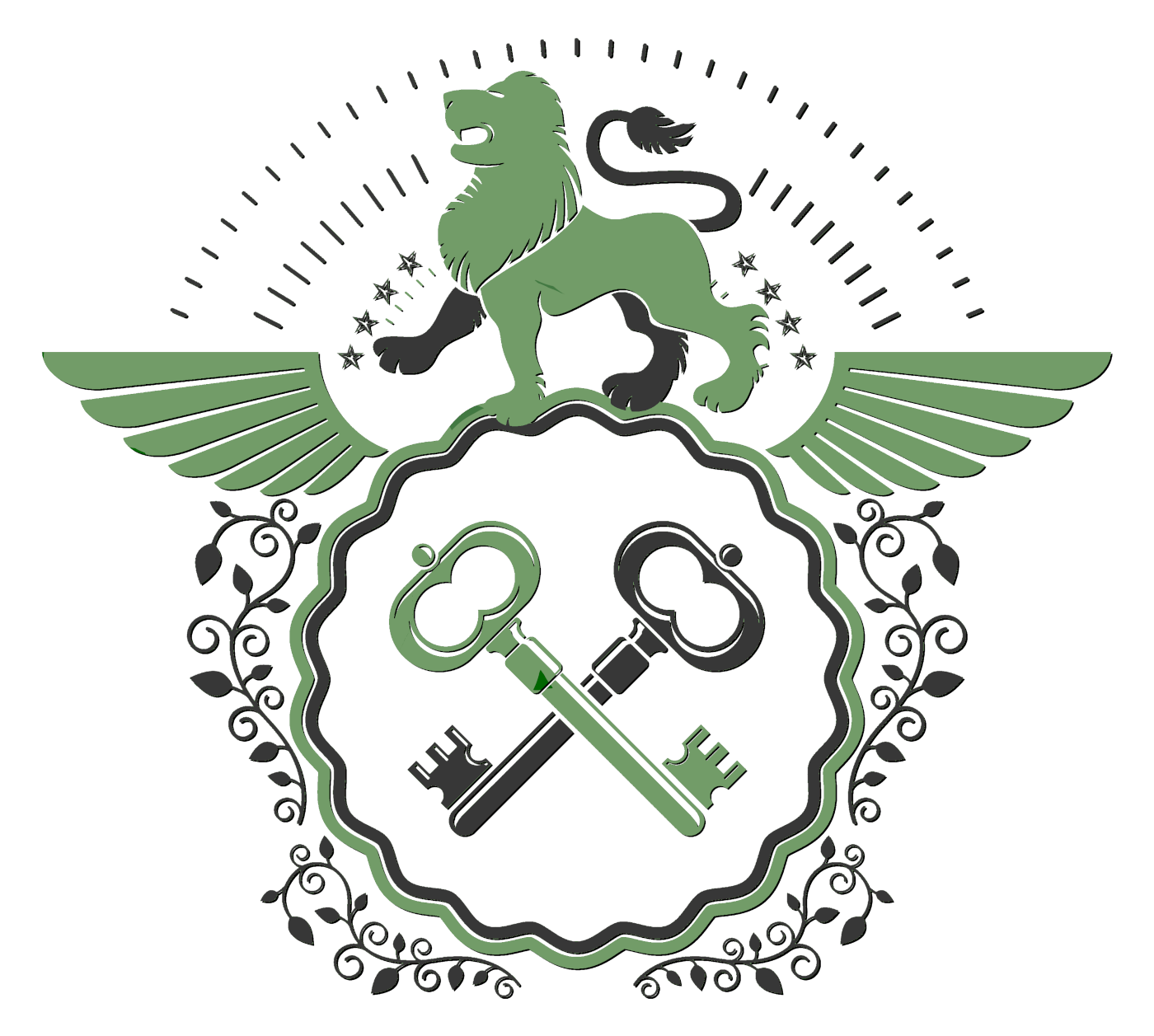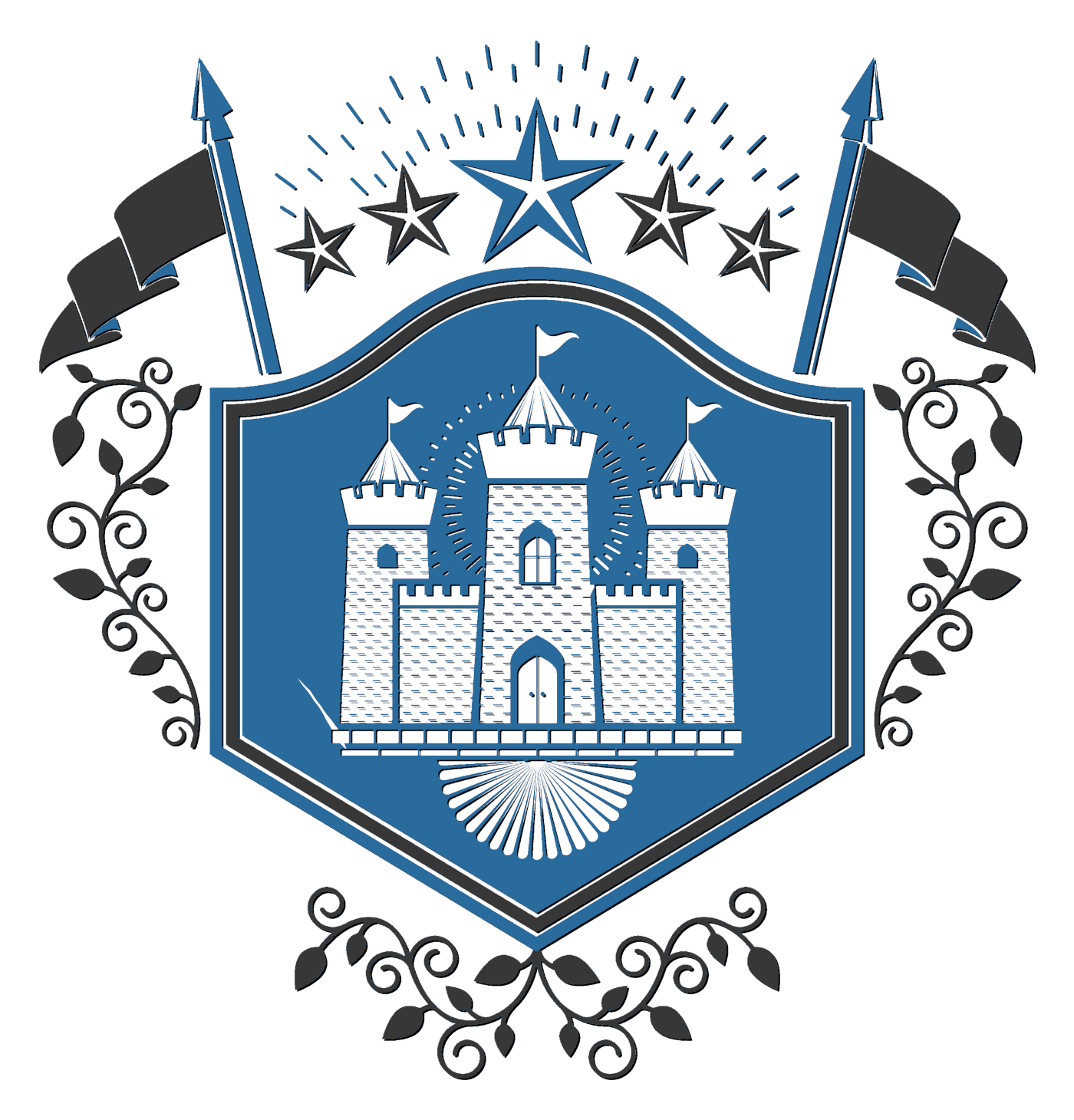If my understanding of the cultural context is correct, the original hearers of the Scripture passages commending dancing would, to the best of our knowledge, have understood it as talking about dancing men with men and women with women, or simply by oneself, not anything like what later developed in Western Europe (and then America). And when the Puritans prohibited dancing, among other behaviors, it's important to understand that they were reacting to a culture that used holidays and might well have used those Scripture passages as excuses to not exercise self-control.
Here in southeast Michigan, there's an opportunity for some sort of folk dancing (contra, English country, Scottish country, etc.) most nights of most weeks, I understand. I grew up oblivious to this, with the "Friday night dance" at the music festival in Evart we went to being my one opportunity each year for square/contra dancing or anything like that and thus "the highlight of my summer," but the last few years I've been going to a Scottish country dance group nearly every week, and (now that I'm past the constant-frustration phase of learning) that's become my favorite.
A couple of years ago I wrote
a blog post about dancing in the world of my Shine Cycle. To summarize briefly: Human beings in that world came there from various places in our world (basically like the Telmarines in the Narnia books, only on a wider scale), so things are a bit of a cultural mish-mash. "Couple dancing," except for waltzes, is not widely popular; "set dancing," like Scottish or English country dancing or (the American tradition derived therefrom) square and contra dancing, is widespread and popular, in multiple similar but incompatible traditions. Which helps to make music a viable (if not lucrative) career for more people than in our world's present day and age.




